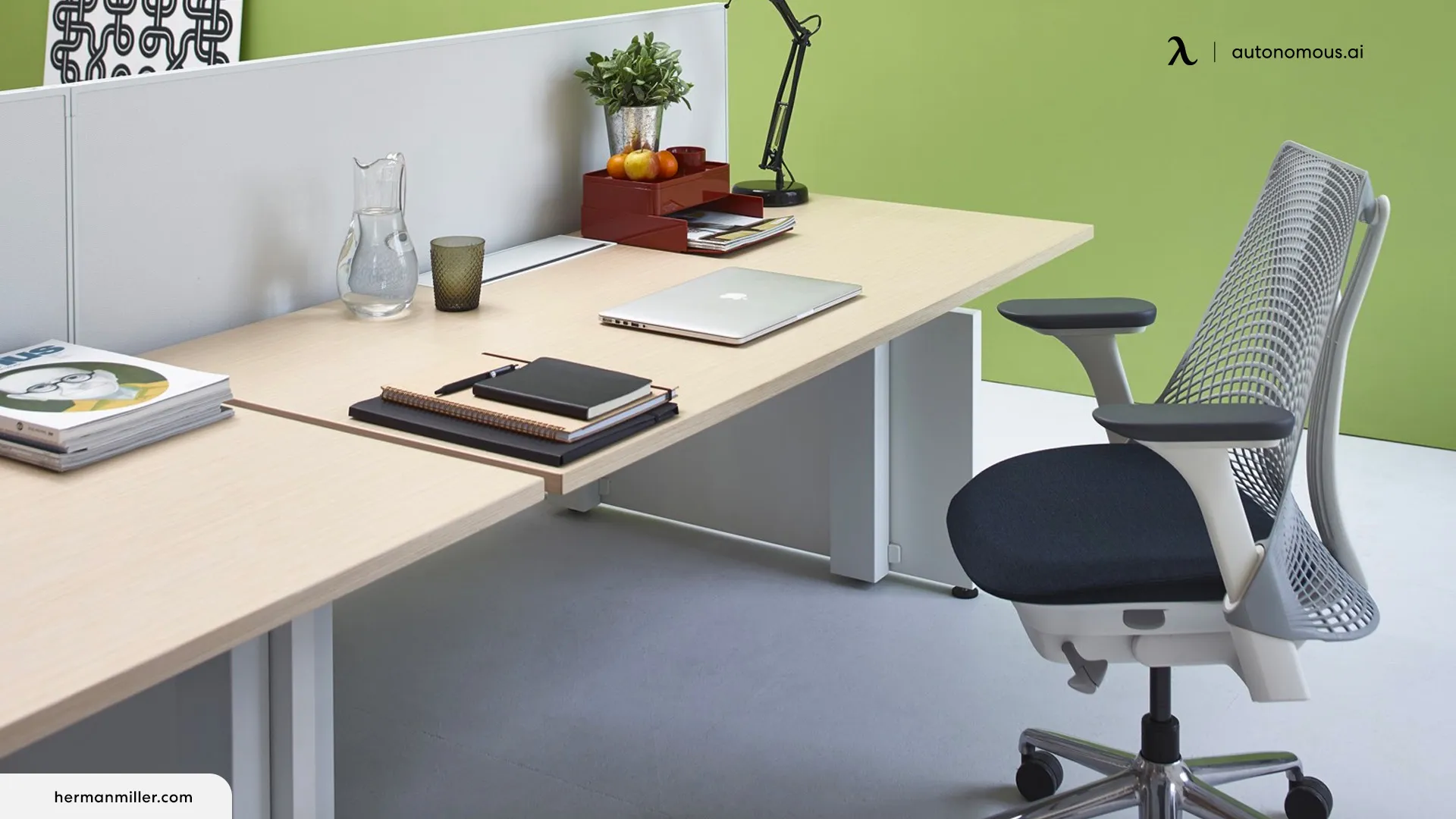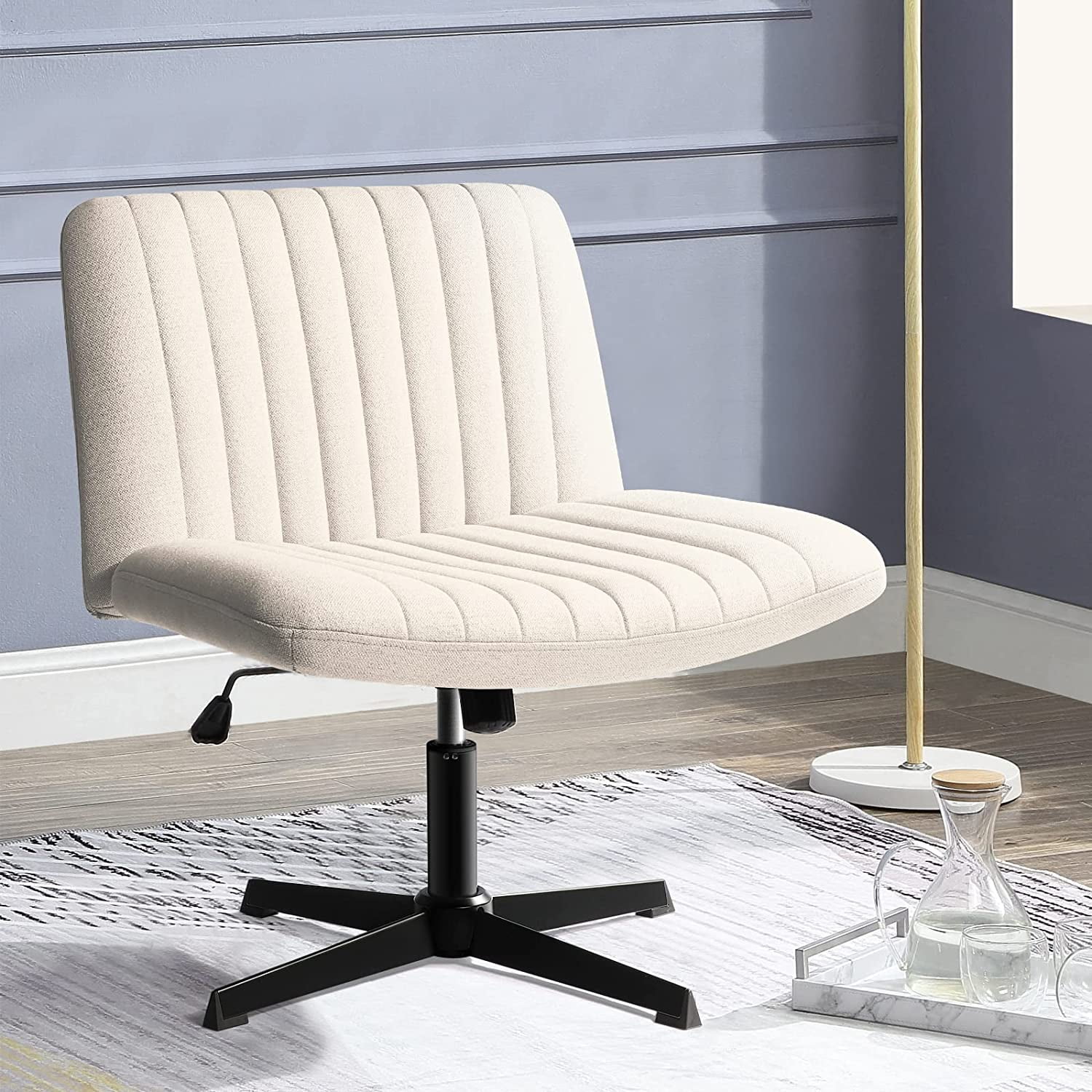Chair Dimensions and Desk Compatibility: Chair For 30 Inch Desk

Selecting the right chair for your 30-inch desk is crucial for both comfort and productivity. A mismatch can lead to backaches, poor posture, and a general feeling of “desk-induced misery.” Let’s delve into the delightful world of chair dimensions and their harmonious relationship (or lack thereof) with your compact workspace.
Chair Dimensions for a 30-Inch Desk
The following table provides a comparison of chair dimensions for various chair types suitable for a 30-inch desk. Remember, these are averages, and individual chair models may vary. Always check the manufacturer’s specifications before purchasing!
| Chair Type | Seat Height (inches) | Overall Height (inches) | Width (inches) |
|---|---|---|---|
| Standard Office Chair | 17-20 | 38-42 | 20-24 |
| Ergonomic Office Chair | 18-22 | 40-45 | 22-26 |
| Task Chair | 16-19 | 36-40 | 18-22 |
| Gaming Chair | 18-21 | 42-48 | 24-28 |
Ideal Chair Height Relative to Desk Height
Imagine a picture: A person sits comfortably at their 30-inch desk. Their elbows are bent at a 90-degree angle, their feet are flat on the floor, and their thighs are parallel to the ground. The chair’s seat height is adjusted so that their knees are slightly lower than their hips. The desk’s surface is positioned just below their elbows, allowing for a relaxed posture without hunching or straining. This visual represents the ideal ergonomic setup, ensuring that the chair height complements the desk height perfectly. Failing to achieve this balance can lead to long-term discomfort and potential musculoskeletal issues. Think of it as a perfectly choreographed dance between you, your chair, and your desk – a harmonious trio of productivity.
Importance of Seat Depth and Width
The seat depth and width are often overlooked aspects of chair selection, but they are equally important as the height. A seat that’s too deep can cause pressure on the back of the knees, leading to discomfort and reduced blood circulation. Conversely, a seat that’s too shallow might leave you feeling unsupported. Similarly, a narrow seat can restrict movement and lead to discomfort, especially for those with wider hips. A 30-inch desk leaves less room for sprawling, emphasizing the need for a chair with appropriate dimensions to avoid feeling cramped. For example, a person with broad shoulders might find a narrow chair incredibly uncomfortable, significantly impacting their ability to focus and work efficiently. Proper seat depth and width allow for comfortable posture and optimal blood circulation, leading to increased productivity and a happier, healthier you.
Ergonomics and Functionality for a 30-Inch Desk

A 30-inch desk, while compact and chic, presents a unique ergonomic challenge. Successfully navigating this challenge requires careful consideration of chair selection and workspace setup. Failing to do so can lead to discomfort, reduced productivity, and potentially even long-term health issues. Let’s dive into the specifics of creating a comfortable and efficient workspace.
Chair Selection for Optimal Posture, Chair for 30 inch desk
Choosing the right chair is paramount for maintaining good posture and preventing discomfort during extended periods at a 30-inch desk. The limited desk space necessitates a chair that’s both supportive and compact, avoiding encroachment on valuable work area. Key features to look for include adjustable height, lumbar support, and armrests. Adjustable height allows you to position your knees at a 90-degree angle, promoting proper blood circulation. Lumbar support, a crucial element often overlooked, provides crucial back support, preventing slouching and reducing back strain. Armrests, when properly adjusted, provide additional support and can reduce shoulder and neck tension, but ensure they don’t impede keyboard use. Consider chairs with breathable materials to prevent overheating and discomfort during longer work sessions.
Proper Desk and Chair Setup for a 30-Inch Workspace
The arrangement of your chair and desk is crucial for ergonomic success. Imagine a perfectly orchestrated ballet of body and workstation. First, adjust your chair height so your elbows are at a 90-degree angle while typing. Position your monitor at arm’s length, slightly below eye level to prevent neck strain. This prevents that dreaded crick in the neck that can plague even the most dedicated worker. Place your keyboard directly in front of you, ensuring your wrists are straight and relaxed. A footrest might be necessary to maintain proper leg posture, particularly if the chair’s height doesn’t allow your feet to rest comfortably flat on the floor. Avoid cramming everything onto the desk; a clean and organized space promotes better focus and posture. Think of it as a minimalist’s dream workspace – efficient and aesthetically pleasing.
Selecting a Chair: A Practical Guide
For a 30-inch desk, prioritize chairs with a small footprint. Consider task chairs designed for compact spaces. Look for features like adjustable height, lumbar support, and possibly armrests that don’t impede movement. Breathable fabrics are beneficial for comfort, especially during extended use. Test the chair thoroughly before purchasing. Sit in it for a while, simulating your typical working posture, to ensure comfort and proper support. Don’t hesitate to visit a physical store to test chairs before buying online, as the tactile experience is irreplaceable when it comes to chair comfort. Consider the chair’s overall build quality and the manufacturer’s warranty. A sturdy, well-built chair is an investment in your long-term comfort and health, making it well worth the extra expense.
